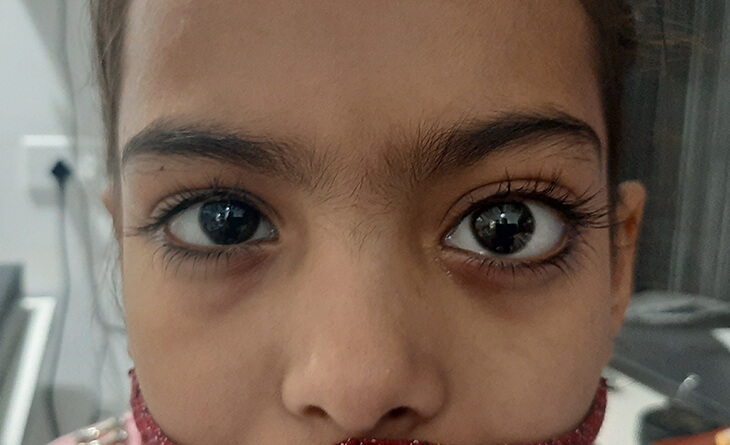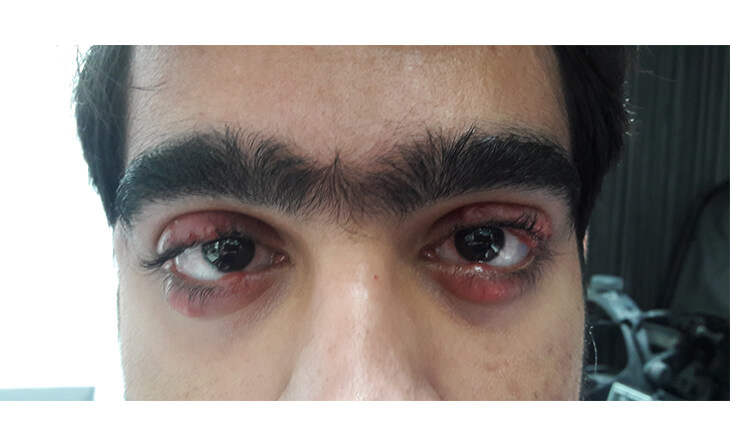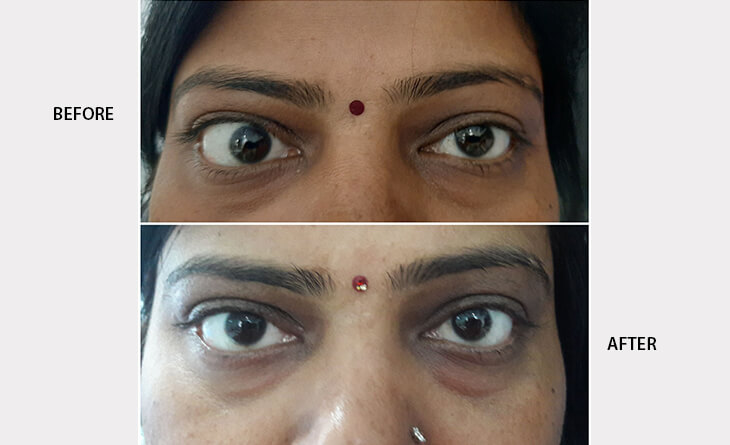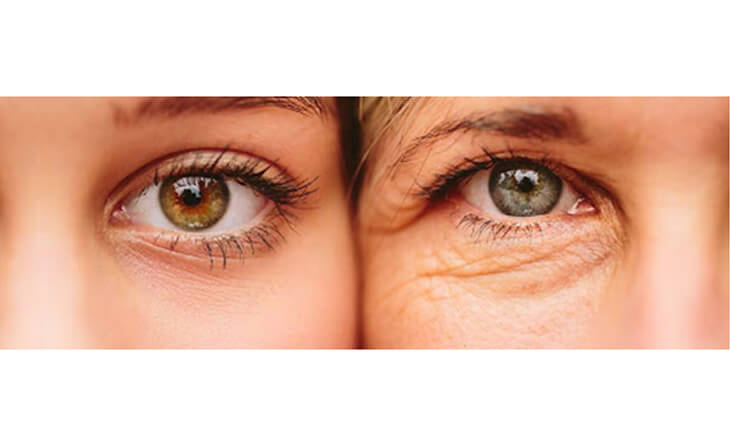Oculoplasty and Ocular Aesthetics
Ophthalmic plastic surgery or oculoplasty focuses on improving the function, comfort and appearance of the eye. An oculoplastic surgeon treats various structures that are vital to the eyes’ regular functioning. They deal with the following eye problems :
As an expert ophthalmologist, Dr Anisha Gupta uses high-quality techniques and equipment to maximise functionality while keeping ocular aesthetics intact and minimising recovery time.

When should you see an oculoplastic surgeon?
You need an oculoplastic surgeon if you experience any of the following conditions:
Your ophthalmologist may also consult with another specialisation (e.g., an oncologist for tumours and ocular cancers) for superior treatment options, giving you the best chance at a successful recovery. Additionally, they focus on aesthetics alongside functionality, so patients do not feel self-conscious after their procedures.
Treatments Offered By Oculoplastic Surgeons
Understanding the various treatments by the area or structure rather than individually will help create a clearer idea of what you can expect from your oculoplastic or ophthalmic plastic surgery.
Eyelid Treatments
The eyelids are essential to protect your eye. They keep the cornea (the eye’s surface) moist by spreading the tear film evenly across it. Thus, eyelid malfunctioning can result in permanent damage to the cornea unless treated by an oculoplastic surgeon.
Leading ophthalmologists offer the following treatments for eyelid dysfunctions:
Eyelid dysfunctions require specialised treatment depending on cause and severity. Dr Gupta carefully analyses and diagnoses the problem accurately before proceeding with the appropriate treatment path.

Lacrimal System Treatments
The lacrimal system refers to the tear ducts. The most common complication associated with this is watery eyes or epiphora. Epiphora happens due to blocked tear ducts or tear overproduction.
Your oculoplastic surgeon treats lacrimal system disorders through the following procedures:
Ensuring the lacrimal system functions normally helps keep the eye sufficiently moist and protected while promoting clear vision and better ocular health.
Orbital Treatments
The orbit is the skull cavity containing the eye and its structure. It can develop several complications, making the following treatments essential to ensure optimised eyesight:
Your oculoplastic surgeon chooses the proper procedure and techniques depending on your needs to ensure your eye continues functioning normally.

Eye Socket Treatments
The eye socket comprises seven different bones and refers to both the depression and the eyeball inside. Treatments for the eye socket include:
Oculoplastic surgeons may combine orbital and eye socket treatments depending on the condition and severity for better long-term results.
Aesthetic Oculoplastic Treatments
The eyes are one of the primary identification markers on the face. Thus, many patients opt for cosmetic procedures that create aesthetic eyes and rejuvenate their appearance.
The most common ophthalmic plastic surgery treatments include:

With vast expertise in oculoplasty, Dr Anisha Gupta offers the highest quality treatments for every cosmetic and reconstructive concern her patients face. You get a comfortable procedure and easy recovery under her specialised hand.
Contact us today and meet with a leading ophthalmologist in Delhi to improve your eyes now!
